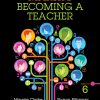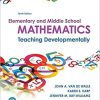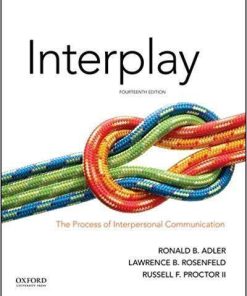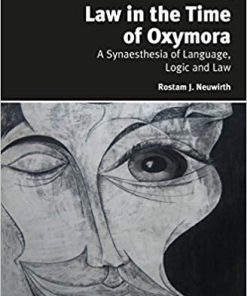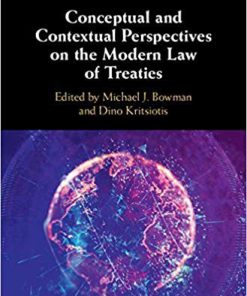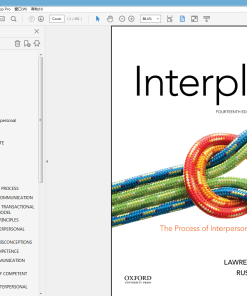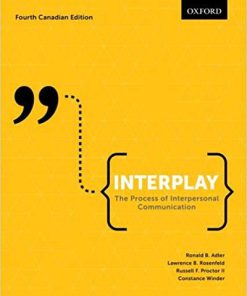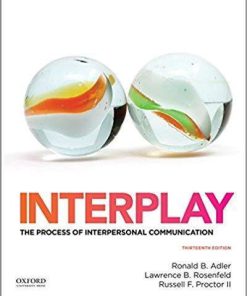Metaphor across Time and Conceptual Space: The interplay of embodiment and cultural models
$50.00 Original price was: $50.00.$35.00Current price is: $35.00.
Metaphor across Time and Conceptual Space: The interplay of embodiment and cultural models – Instant Download
Metaphor across Time and Conceptual Space: The interplay of embodiment and cultural models – Digital Ebook – Instant Delivery Download

product details:
- ISBN-10 : 9027204063
- ISBN-13 : 978-9027204066
- Author: James J. Mischler III
Contemporary linguistic forms are partially the product of their historical antecedents, and the same is true for cognitive conceptualization. The book presents the results of several diachronic corpus studies of conceptual metaphor in a longitudinal and empirical “mixed methods” design, employing both quantitative and qualitative analysis measures; the study design was informed by usage-based theory. The goal was to investigate the interaction over time between conceptualization and cultural models in historical English-speaking society. The main study of two linguistic metaphors of anger spans five centuries (A.D. 1500 to 1990). The results show that conceptualization and cultural models―understood as non-autonomous, encyclopedic knowledge―work together to determine both the meaning and use of a linguistic metaphor. In addition, historically a wide variety of emotion concepts formed a complex cognitive array called the Domain Matrix of emotion. The implications for conceptual metaphor theory, research methodology, and future study are discussed in detail.
table of contents:
-
PART I. THEORETICAL FOUNDATIONS
-
Chapter 1. The Cognition-Culture interface
-
Chapter 2. Diachronic aspects of synchronic concepts
-
Chapter 3. Metaphor across historical tim
-
PART II. A MACRO-STUDY OF HUMAN EMOTION IN CULTURAL CONTEXT, A.D. 1500–1990
-
Chapter 4. Research questions and methodology
-
Chapter 5. Results of the ancillary study of non-linguistic data
-
Chapter 6. The main study of two diachronic metaphors of anger
-
PART III. MICRO-STUDIES OF EMOTION – THE 19TH CENTURY
-
Chapter 7. The edge of anger: The spleen metaphor across emotion domains
-
Chapter 8. Bubbling happiness: Properties of emotion
-
PART IV. CONCLUSIONS AND IMPLICATIONS
-
Chapter 9. The non-autonomous nature of cognition, language, and culture
-
Epilogue. “Bridging the Gap” between theory and real-world language use
people also search:
You may also like…
Communication
(eBook PDF) Interplay: The Process of Interpersonal Communication, Fourth Canadian Edition

